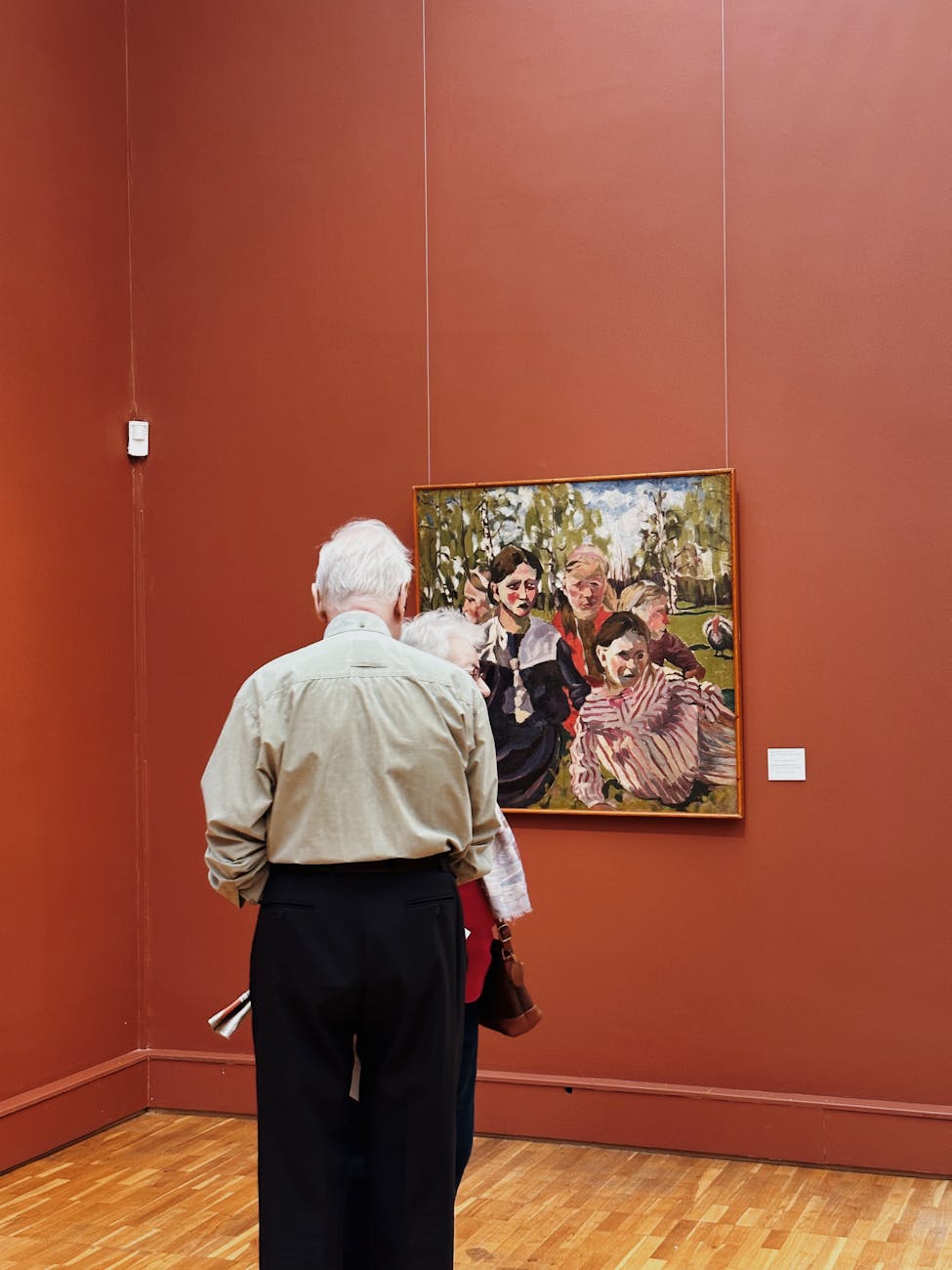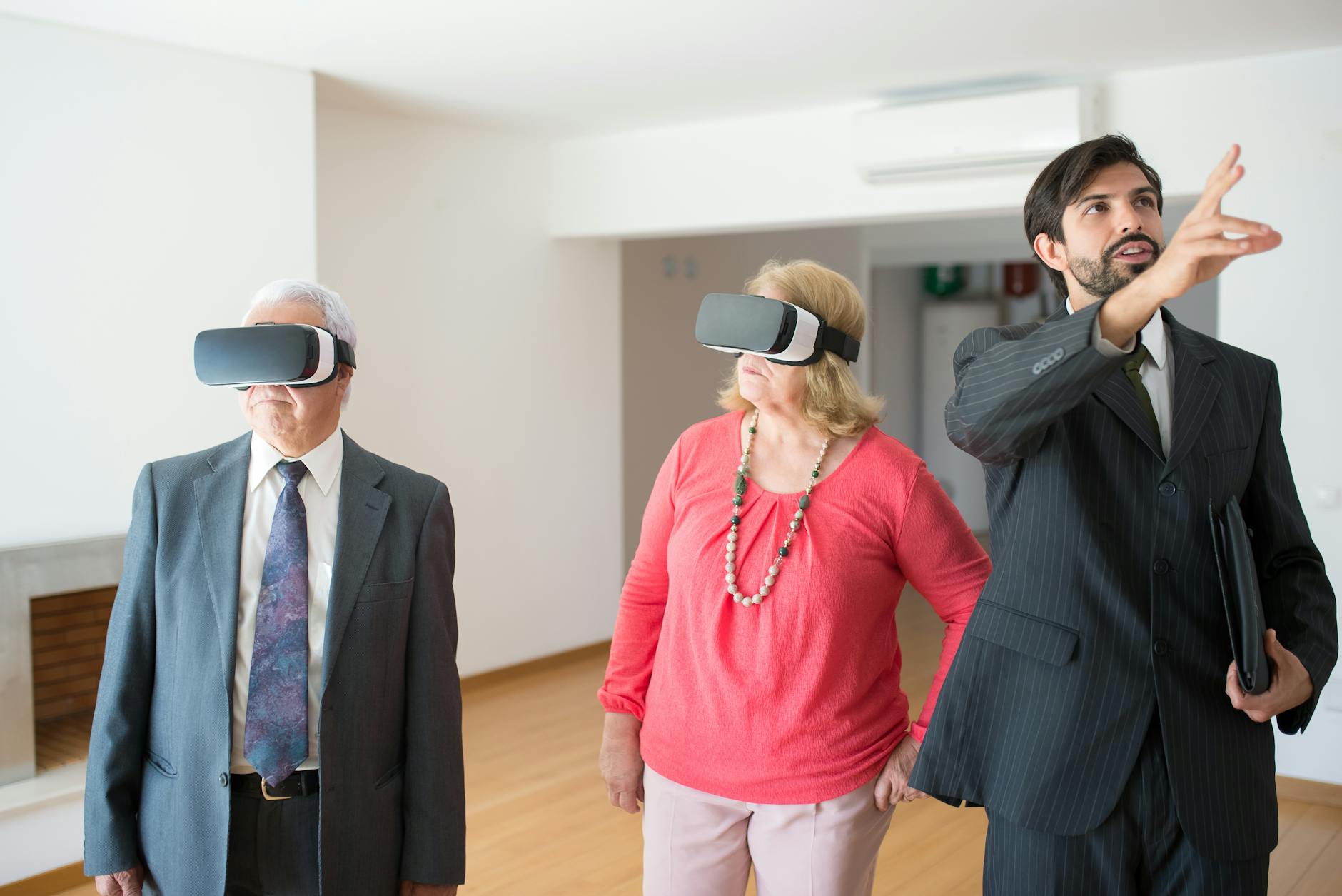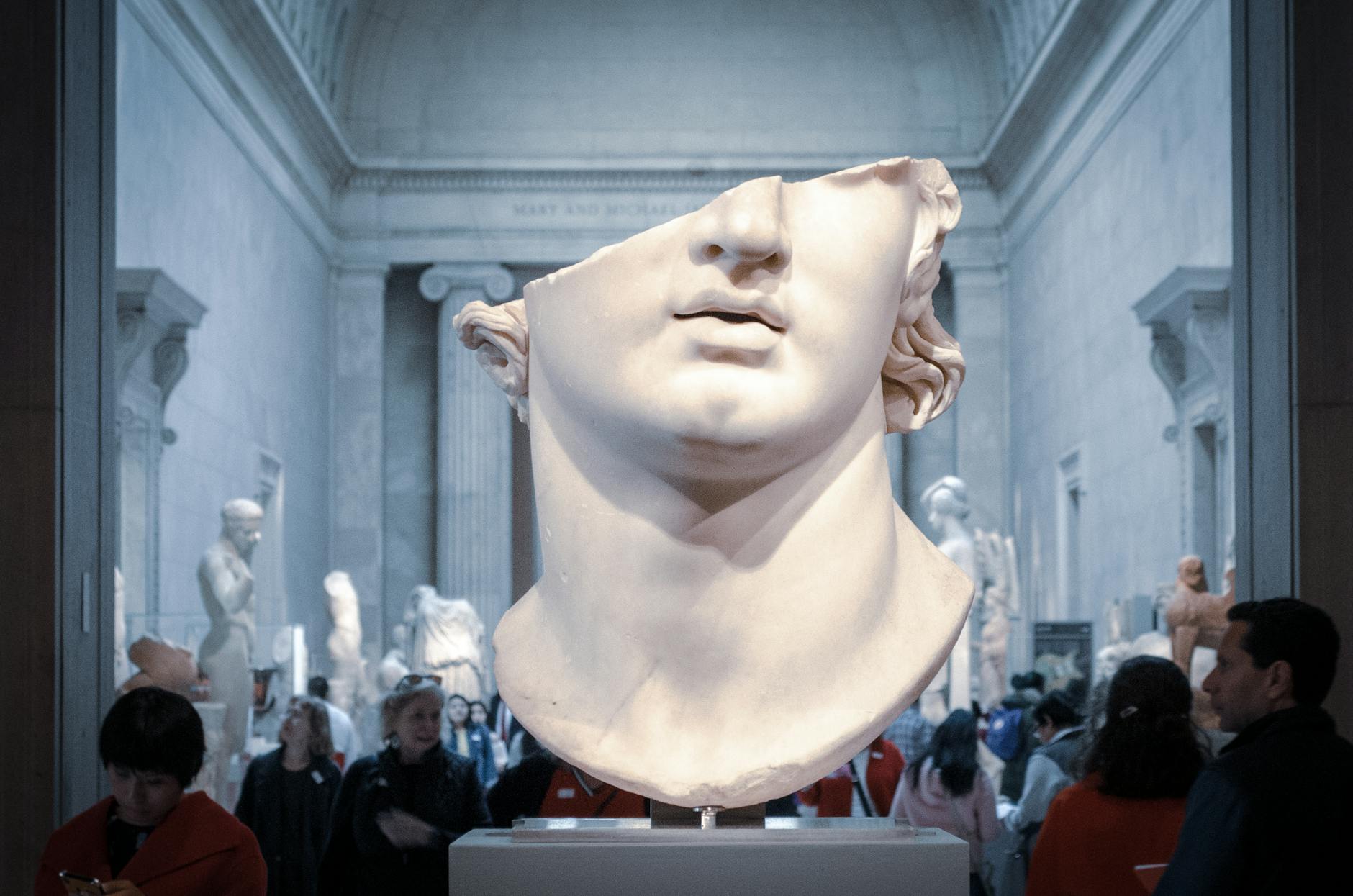Technology is transforming how we experience art, culture, and history in our digital world. For seniors who face barriers to cultural activities, virtual museum tours offer a groundbreaking solution. These tours allow exploration of world-class museums from home, fostering lifelong learning and mental engagement. This blog will explore how virtual museum tours for seniors enrich their lives, delve into the technology behind them, and offer practical tips for getting started.
Understanding the Challenge
Physical accessibility to museums can be a significant challenge for seniors. Mobility issues, health concerns, and transportation difficulties often prevent older adults from visiting cultural institutions. The physical demands of walking through extensive exhibitions and standing for long periods can also be daunting. Additionally, many seniors live in areas without easy access to major museums, limiting their exposure to diverse cultural experiences.
Moreover, social isolation is a growing concern among the elderly population. Limited opportunities for social interaction can lead to feelings of loneliness and depression. Traditional museum visits, which might include guided tours or group activities, offer social engagement that many seniors miss out on due to these barriers.

Virtual Museum Tours: A Solution
Virtual museum tours leverage cutting-edge technology to recreate the in-person museum experience online. Using high-resolution images, 360-degree videos, and interactive elements, these tours bring artwork and exhibits to life. Virtual tours can be accessed via computers, tablets, or smartphones, making them highly accessible to seniors with varying levels of tech-savviness.
The benefits of virtual museum tours are manifold. They eliminate the need for physical travel, making cultural experiences accessible to those with mobility issues. The ability to pause, zoom, and take tours at one’s own pace allows for a personalized experience. Furthermore, many virtual tours are accompanied by audio guides or written descriptions, offering educational insights that enhance the viewing experience.
Impact on Seniors’ Mental Health
Engaging in virtual museum tours can have a positive impact on seniors’ mental health. Studies have shown that cognitive activities, such as exploring new information and engaging with art, can help maintain cognitive function in older adults. Virtual museum tours stimulate the brain, encouraging mental sharpness and creativity.
Additionally, these tours can alleviate social isolation. Many platforms offer opportunities for group tours, where seniors can explore exhibits together and discuss their experiences. This sense of community and shared learning can reduce feelings of loneliness and promote emotional well-being.
Case Studies
Several organizations and museums have pioneered virtual tours specifically designed for seniors, with impressive results. One notable example is the partnership between the Museum of Modern Art (MoMA) and local senior centers. MoMA’s virtual tours guide seniors through its vast collection of modern and contemporary art, offering interactive sessions that encourage discussion and engagement.
Another success story comes from the British Museum, which has developed a series of virtual tours aimed at older adults. These tours include live-streamed sessions with museum curators, allowing seniors to ask questions and participate in real-time discussions. Feedback from participants has been overwhelmingly positive, highlighting the joy and stimulation these virtual visits provide.

Practical Tips for Seniors to Access Virtual Tours
Navigating the world of virtual museum tours can seem daunting at first, but with a few practical tips, seniors can easily get started. Here are some steps to help:
- Choose the Right Device: Whether using a computer, tablet, or smartphone, ensure the device is up-to-date and capable of streaming high-quality content.
- Find Reliable Platforms: Many renowned museums offer virtual tours directly on their websites. Additionally, platforms like Google Arts & Culture aggregate tours from various institutions, providing a one-stop-shop for cultural exploration.
- Get Comfortable with Navigation: Spend some time familiarizing yourself with how to navigate virtual tours. Most platforms offer simple, intuitive interfaces, but it’s helpful to watch tutorial videos or read guides if needed.
- Engage with Interactive Elements: Make use of any interactive features, such as zooming in on artwork or clicking on information icons for additional context.
- Join Group Tours: Look for opportunities to join group tours through local senior centers or online communities. Sharing the experience with others can enhance enjoyment and provide a social outlet.
What to Expect in a Virtual Museum Tour
Virtual museums for seniors offer a rich and immersive experience that closely mirrors a physical visit. Here’s what seniors can typically expect:
- High-Quality Visuals: Expect stunning, high-resolution images of artwork and exhibits. Many tours offer 360-degree views that allow for complete virtual exploration.
- Educational Content: Audio guides, video narrations, and written descriptions provide in-depth information about the exhibits, enriching the learning experience.
- Interactive Features: Virtual tours often include features that allow users to interact with the artwork, such as zooming in for closer inspection or clicking on hotspots for more details.
- Personalized Experience: The ability to navigate at one’s own pace means seniors can spend more time on exhibits that interest them and skip over those that don’t.
- Community Engagement: Many platforms offer opportunities for social interaction, whether through live-streamed events, discussion forums, or group tours.

Benefits of Virtual Museum Tours
The advantages of virtual museums for seniors extend beyond accessibility. They offer a range of benefits that make them a valuable tool for cultural enrichment:
- Convenience: Seniors can explore world-class museums without leaving their homes, making cultural experiences more accessible than ever before.
- Cost-Effective: Many virtual tours are free or low-cost, eliminating the expense associated with travel and museum entry fees.
- Flexibility: Virtual tours can be taken at any time, fitting seamlessly into seniors’ schedules and allowing for spontaneous cultural exploration.
- Enhanced Learning: The educational content provided during virtual tours can deepen understanding and appreciation of art and history.
- Health and Safety: Especially important during times of health crises, virtual tours offer a safe way to engage with culture without exposing oneself to potential health risks.
Future Developments and Implications
The future of virtual museums for seniors holds exciting possibilities. As technology continues to advance, we can expect even more immersive and interactive experiences. Virtual reality (VR) and augmented reality (AR) technologies are poised to enhance virtual tours, providing a level of immersion that rivals in-person visits.
Moreover, the increasing availability of high-speed internet and the proliferation of smart devices mean that virtual museum tours will become even more accessible to seniors. Museums are likely to continue expanding their digital offerings, providing a broader range of exhibits and interactive experiences.
The implications of these developments are profound. Virtual tours have the potential to democratize access to cultural enrichment, breaking down geographic and physical barriers. For seniors, this means lifelong learning and engagement are within reach, regardless of physical limitations or location.
A mark in history
Virtual museum for seniors mark a significant advance in making cultural enrichment accessible to seniors. Leveraging technology, these tours offer an engaging, educational experience that can improve mental health and reduce social isolation. As technology evolves, the future promises even more immersive cultural exploration.
For seniors, starting with virtual museum tours is now easier than ever. Select the right device, find reliable platforms, and engage with interactive elements to fully enjoy the experience. By adopting this technology, seniors can explore and learn, appreciating the world’s greatest museums from the comfort of their homes.
In conclusion, we encourage seniors and tech enthusiasts to support virtual museum initiatives. Explore the tours, share your experiences, and advocate for expanding digital cultural offerings. Together, we can ensure the enriching power of art and history remains accessible to all, regardless of physical or geographic limitations.






